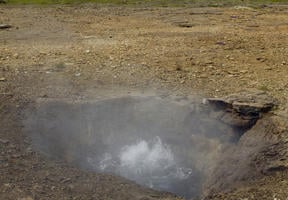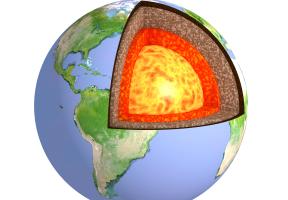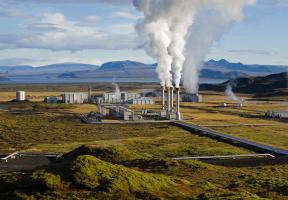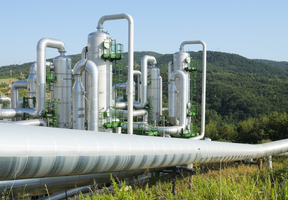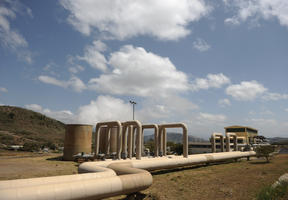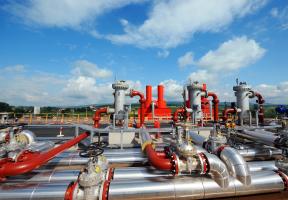Very Low-Temperature Geothermal Energy
5 min read
Very low-temperature energy can be recovered from sources under 30°C located at depths of up to 200 meters below the surface. As the temperatures are not high enough for direct use through a heat exchange system, additional processing via heat pumps is needed to increase them to a level sufficient for heating. This type of energy is used in single-family homes, apartment blocks and commercial buildings.
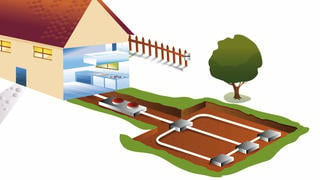
© THINKSTOCK - A house can be heated by harnessing heat from underground.
In France, regulations adopted in 2014 allowed for greater access to these types of geothermal installations, which require little maintenance. They are referred to as “minimal-impact” systems and represent three-quarters of the geothermal energy produced in the country.
Very Low-Temperature Geothermal Energy Techniques
Many techniques have been developed to harness very low-temperature geothermal energy, such as:
1. Installing a horizontal system. Coiled pipes are buried horizontally underground at shallow depths of between 0.60 to 1.20 meters, where they extract heat from the surrounding land. Installations of this type require a surface area around two times that of the building to be heated. They are designed for single-family homes.
2. Using vertical boreholes in a closed loop system. Each borehole contains a pipe that forms a closed loop. A flows through the loop, captures underground heat, transfers it to the building’s system and then returns below the surface. A 100-meter-deep borehole can heat around 120 square meters of indoor space. Several dozen boreholes can be grouped together to form a “borehole field”.
3. Finding groundwater or an . Groundwater can be accessed starting at 10 meters below the surface, where the rock is saturated. At deeper levels, water can be found in greater quantities in layers of porous, permeable rock known as aquifers. A well drilled into the ground pumps this water to the surface, where its heat is transferred to the building’s system using a coiled heat exchanger. The water is then reinjected underground through another well.
Refrigeration and Geocooling
Thanks to the addition of a geothermal heat pump, low-temperature geothermal energy systems can be used for heating in the winter and cooling in the summer. This potential for “renewable cooling” offers several advantages over conventional air-to-air air conditioners, which consume more , can cause pollution if their refrigerants leak and may give rise to heat islands by expelling hot air outside, in the immediate vicinity of the building.
Renewable cooling is particularly effective at making indoor temperatures more comfortable, that is, still warm and summery but not tropical. This is referred to as geocooling.
Use in Large Buildings
Very low-temperature geothermal energy is being increasingly used by urban planners to heat and cool large complexes. The different methods can be combined. For example, aircraft manufacturer Airbus chose a mixed system for its headquarters in Toulouse, France. It consists of a loop of temperate water 200 meters underground coupled with a field of 141 vertical geothermal boreholes (205 meters), which produce 2 megawatts of heat and 1 megawatt of cooling.
Some large buildings are also constructed on concrete piles known as thermoactive foundations, which integrate ground source collectors.




